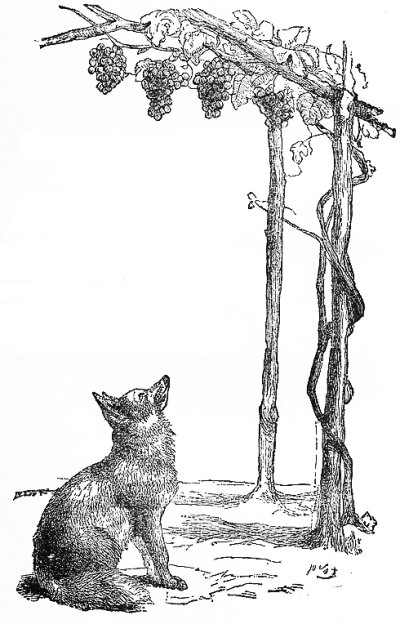HariPrasad
BANNED

- Joined
- Aug 5, 2013
- Messages
- 14,055
- Reaction score
- -22
- Country
- Location
India plans space telescope launch in second half of 2015
Published May 21, 2015 | By admin
SOURCE: THE REGISTER UK

The Indian Space Research Organisation (ISRO) says it is ready to launch its first “ mission aimed at studying distant celestial objects.”
Dubbed “ASTROSAT”, the craft packs four X-ray instruments, an ultraviolet telescope and a charge particle monitor.ISRO says all payloads have been integrated into the satellite and that a few months testing are all that stands between it and a launch atop a rocket designated PSLV C-34. That vessel will ascend to an altitude of about 650km and despatch ASTROSAT into “a near equatorial orbit around the Earth.”
India’s press likes to describe ASTROSAT as a “mini Hubble”, a decent description as the observatory will pack a 300mm mirror compared to Hubble’s 2.4m kit. But ASTROSAT has Hubble beat in some ways as its instruments will observe ultraviolet rays, x-rays and light visible to our puny human eyes in ways and in spectra that Hubble cannot.
ASTROSAT is expected to last give years, rather less than Hubble’s 25-and-counting, but is nonetheless a welcome addition to humanity’s space-spotting fleet. And also rather exciting for boffins at the University of Leicester which provided the CCD camera for the soft X-ray telescope.
Published May 21, 2015 | By admin
SOURCE: THE REGISTER UK

The Indian Space Research Organisation (ISRO) says it is ready to launch its first “ mission aimed at studying distant celestial objects.”
Dubbed “ASTROSAT”, the craft packs four X-ray instruments, an ultraviolet telescope and a charge particle monitor.ISRO says all payloads have been integrated into the satellite and that a few months testing are all that stands between it and a launch atop a rocket designated PSLV C-34. That vessel will ascend to an altitude of about 650km and despatch ASTROSAT into “a near equatorial orbit around the Earth.”
India’s press likes to describe ASTROSAT as a “mini Hubble”, a decent description as the observatory will pack a 300mm mirror compared to Hubble’s 2.4m kit. But ASTROSAT has Hubble beat in some ways as its instruments will observe ultraviolet rays, x-rays and light visible to our puny human eyes in ways and in spectra that Hubble cannot.
ASTROSAT is expected to last give years, rather less than Hubble’s 25-and-counting, but is nonetheless a welcome addition to humanity’s space-spotting fleet. And also rather exciting for boffins at the University of Leicester which provided the CCD camera for the soft X-ray telescope.









